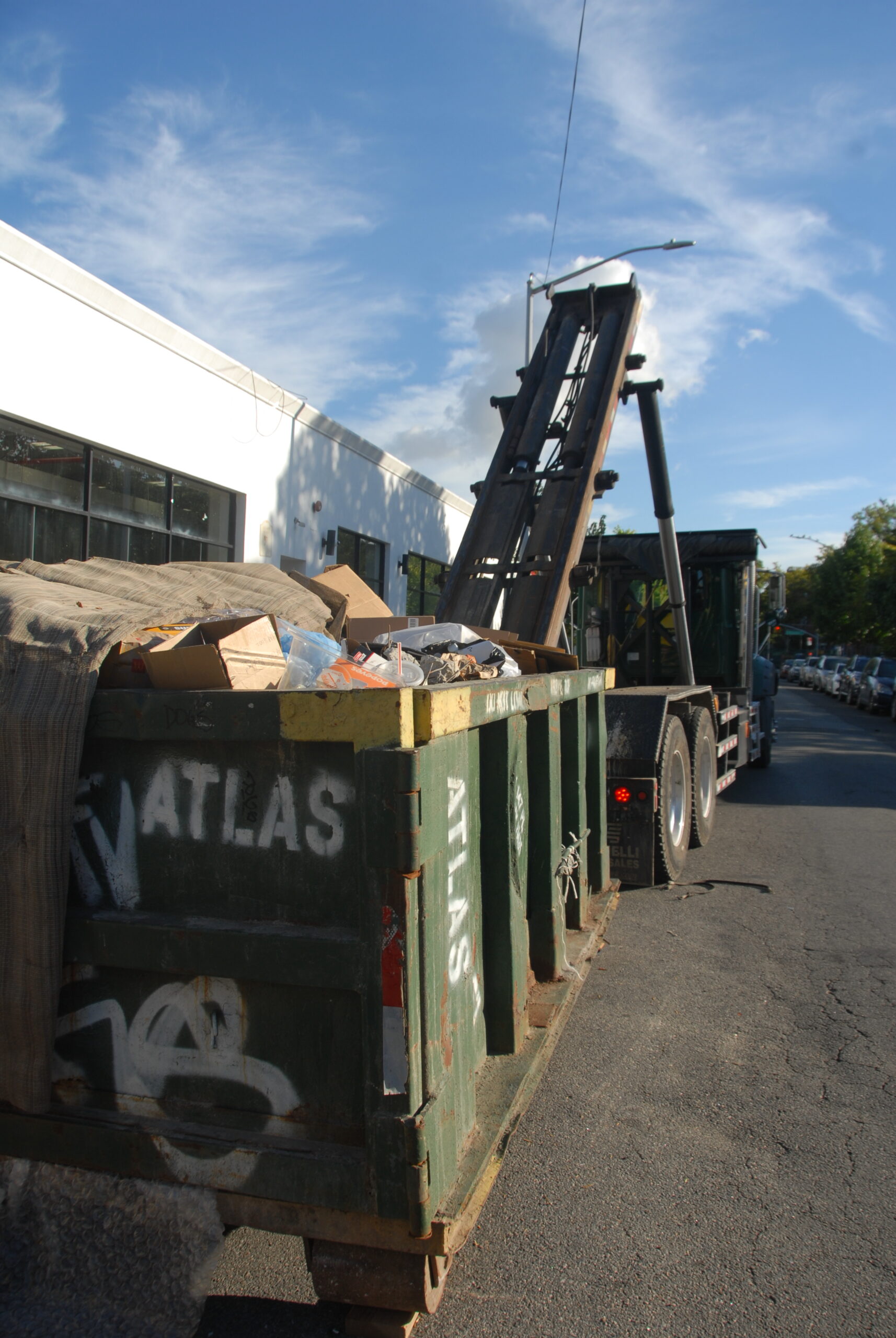Hazardous Waste Determination and How It Could Save You Money
Your company may be spending excess money on storing/shipping wastes that have been incorrectly classified as hazardous waste. The EPA’s regulatory definitions of hazardous waste are complex, so it is easy to misclassify waste as hazardous. This blog is designed to help educate you on hazardous waste determination and how proper waste classification can save your company money.
What is hazardous waste?
In the simplest terms, a hazardous waste is a waste with properties that make it dangerous or capable of having a harmful effect on human health or the environment. Hazardous waste is usually generated from industrial or manufacturing processes and can come in solid, liquid, and gaseous forms. EPA’s regulations on hazardous waste identification, generation, management, and disposal are set forth in 40 CFR Parts 260 to 273.
What is hazardous waste determination?
A hazardous waste determination is the process of determining whether a waste is a hazardous waste. Based on the EPA regulations, the following questions apply when determining if something is a hazardous waste:
- Is the material a solid waste?
All materials must first be classified as a solid waste before they can be classified as a regulated waste. By definition, a material is a solid waste if it is a solid, a liquid/semi-solid, or contains gaseous material, and will be discarded.
- Is the waste excluded from solid/hazardous waste regulations?
The next step is to determine if the waste qualifies for exclusion from the regulations. The three main exclusions are summarized below:
-
- Designated material may be excluded from solid waste regulation, such as domestic sewage, certain nuclear materials, and radioactive waste. A full list of excluded solid wastes can be found in 40 CFR 261.4(a).
- A facility can apply for a solid waste variance if the material is reused in a process or recycled. If you reuse an item, then your intent is not to discard it. If you recycle a material, it is most likely exempt from further regulations.
- Some hazardous wastes are exempt from regulations. Some examples include household hazardous waste and agricultural waste. A full list of excluded hazardous wastes can be found in 40 CFR 261.4(b).
- Is the waste listed?
The EPA has established four lists of hazardous wastes as summarized below:
-
- F-listed wastes are from non-specific sources such as common manufacturing and industrial processes.
- K-listed wastes are from specific sources such as designated sectors of an industry and manufacturing processes.
- P-listed wastes are acutely toxic and contain “pure and commercial grade formulations of certain unused chemicals that are being disposed”; these acutely toxic chemicals are listed in 40 CFR 261.33.
- U-listed wastes are hazardous wastes from discarded commercial chemical products.
If your material is included on any of these lists, it is classified as a hazardous waste and is subject to the hazardous waste regulations.
- Does the waste exhibit hazardous waste characteristics?
The four types of characteristic hazardous waste are ignitable, corrosive, reactive, and toxic. A hazardous waste may exhibit one (1) or more of these characteristics. Laboratory testing by EPA approved methods is conducted to determine if a waste is hazardous due to ignitability, corrosivity, and/or toxicity. EPA has not approved a test method for the reactivity characteristic.
- Is the waste a mixture?
When a listed hazardous waste and a nonhazardous waste are combined, the resulting waste is still classified as a hazardous waste. When nonhazardous waste is mixed with a characteristic hazardous waste that is ignitable, corrosive, or reactive, the mixture will be hazardous only if it exhibits the hazardous characteristic. Mixtures of nonhazardous waste with characteristic hazardous waste that is toxic are classified as a hazardous waste.
The importance of making the correct determination
Knowing the EPA rules that dictate hazardous waste classifications allows informed hazardous waste determinations to be made. Due to the complicated nature of some of the waste definitions and descriptions, wastes are sometimes classified as hazardous when they don’t need to be.
Hazardous waste must be dealt with differently than non-hazardous solid waste in order to avoid harmful impacts on human health and the environment. Many waste generators are not experts in hazardous waste definitions and identification, which leads to a high chance of misclassification. It is critical to properly determine if a waste is a hazardous waste because this determination significantly impacts handling and disposal costs. Misclassification can lead to significantly higher shipping and disposal costs when non-hazardous wastes are unnecessarily handled as hazardous wastes. Alternatively, failing to handle hazardous wastes in accordance with the restrictive regulations can result in serious legal consequences and fines for generators.
How Walden can help you
Hazardous waste identification is complex, and the hazardous waste experts at Walden are here to help with any questions you may have. Walden has over 25 years of experience with regulatory compliance and we can help you with your hazardous waste determination. Walden’s expertise in understanding and interpreting hazardous waste regulations and submitting requests to regulatory agencies to get concurrence that wastes are not hazardous can save you money. If you are still not sure if you have a hazardous waste on your hands, call us at 516-271-1948, and one of our hazardous waste experts will be happy to answer your questions.

Learn about Walden’s regulatory program compliance services here, and contact us at 516-271-1948 to speak with one of our hazardous waste experts.
